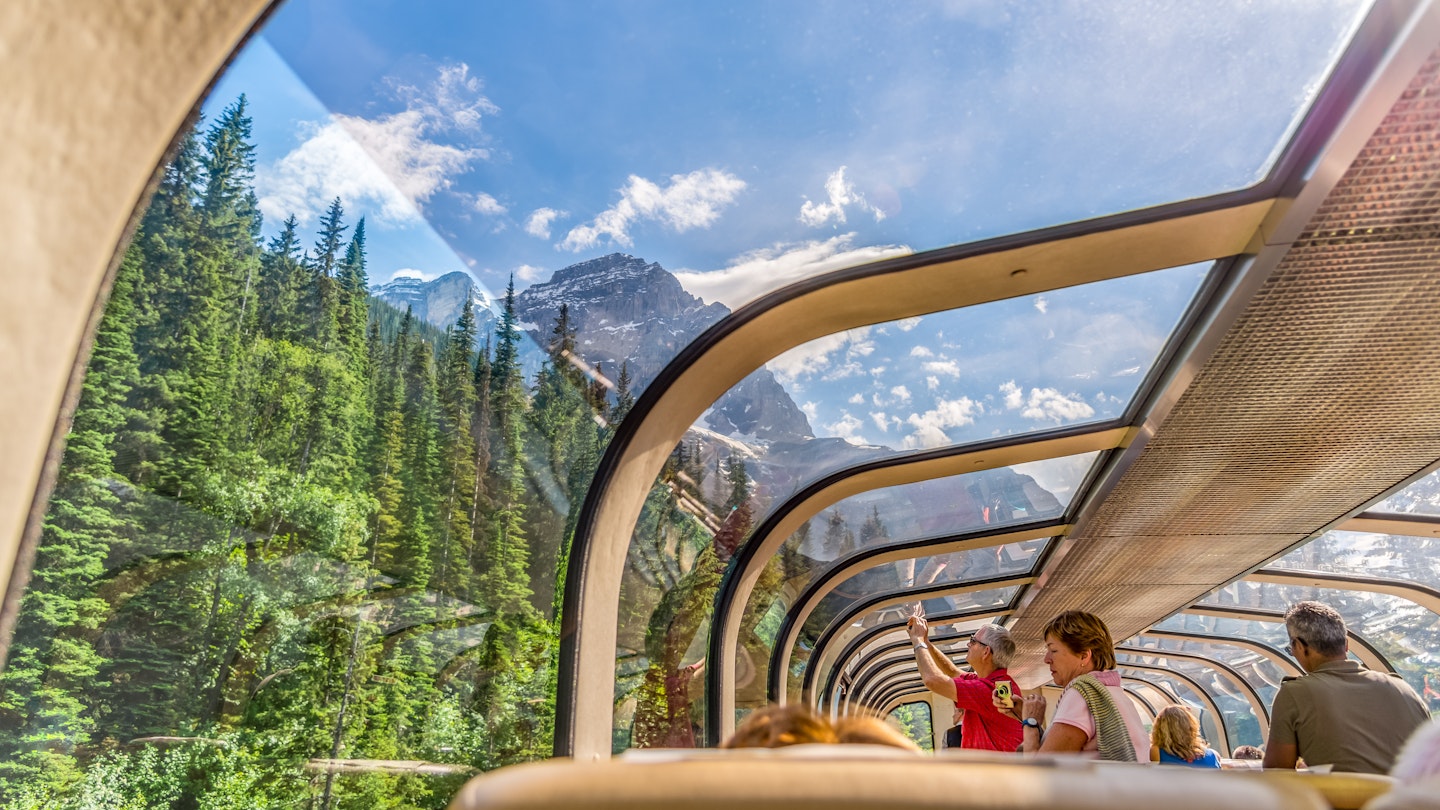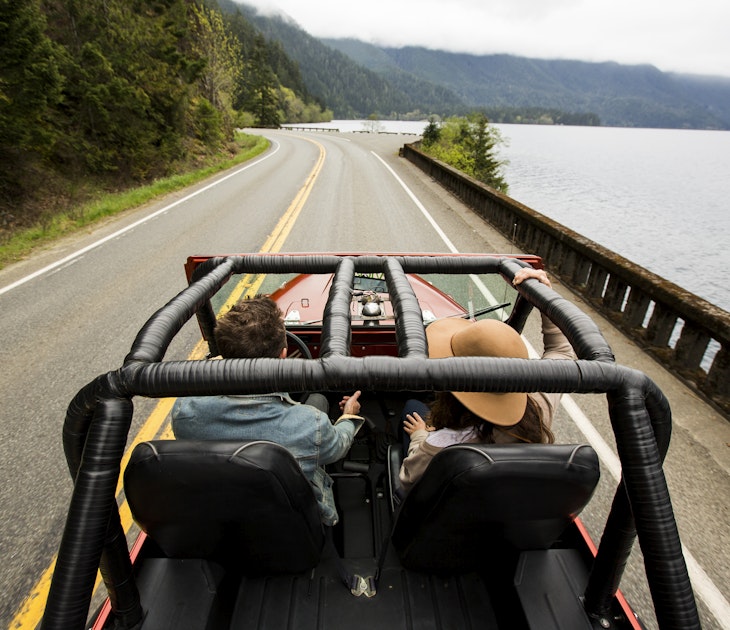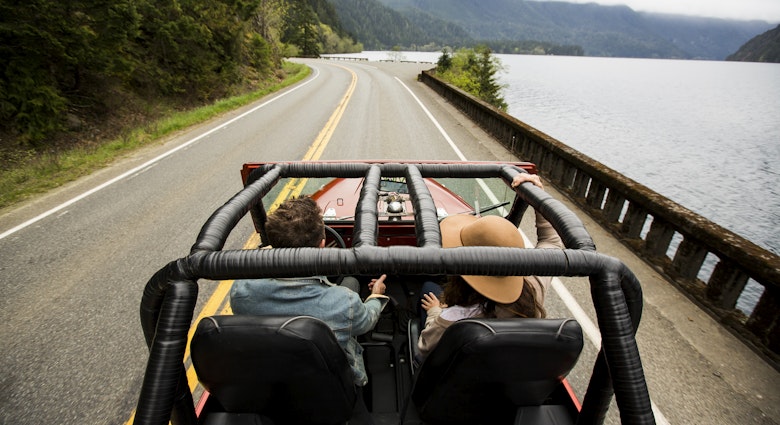Towering snow-capped mountains, evergreen forests filled with wildlife, deep-blue waters and coastlines dotted with little towns: this isn’t the setting of a fantasy novel, this is Canada, home to some of the world’s most thrilling landscapes.
Crossing Canada’s six time zones, 10 provinces and three territories might seem like a daunting challenge – and it can be. Yet with new budget airlines, a national train service and loads of car-rental options, Canada makes itself truly accessible to ambitious travelers.
Due to its vast size and varied regions, different parts of Canada rely on different modes of transportation. Trains run in the more densely populated areas like the Toronto–Montréal corridor, while public ferries operate extensively in British Columbia, Québec and the Maritime provinces.
If you want to cover large distances in a shorter period of time, regional and national airlines connect the country. Flying takes days off travel time and lets you reach northern settlements inaccessible by road.
All of Canada’s major cities have public transportation – and are committed to continuously expanding their networks of subways, streetcars, buses and bike routes. Smaller cities also share this commitment to public transport.
If you want to city-hop across Canada, flying and taking the train (and perhaps occasionally ferrying) from province to province to avoid renting a car is totally doable.
Here are the best ways to get around Canada by plane, train, car, boat and your own two feet.

Driving is one of the best ways to see the country
Canada brims with amazing road-trip opportunities, and its vastness and spectacular natural scenery make driving one of the best ways to get around the country. What’s more, train and plane tickets can quickly add up, and won’t get you to the most remote spots.
Exempting the northern territories, all of Canada is connected by the Trans-Canada Highway. Which you could easily drive from Vancouver, British Columbia, to St John’s, Newfoundland – in a mere 76 hours (without traffic, of course).
Having a car makes it super easy to jump from town to town, visit national parks and stop at interesting places, which you just can’t do on any other form of transport. Even major cities like Toronto and Montréal were built to navigate by car – although these days they have ample public transportation (and horrible traffic).
Tip for traveling coast to coast: If you’re short on time, a combination of car rentals and inter-province flights will probably be your best option for traveling across Canada. There are long stretches on the long drive that are just prairie land. Though these landscapes are not without their interesting points, a 12-hour drive across such flatness might not be the best use of your limited time in the country.
How easy is it to rent a car in Canada?
In most provinces, visitors can legally drive for up to three months with their home-country driver's license. In British Columbia, that period is six months.
If you’re spending considerable time in Canada, think about getting an International Driving Permit (IDP), which is valid for one year. Your home automobile association can issue one for a small fee. Always carry your home license together with the IDP.
To rent a car in Canada you generally need to: be at least 25 years old (some companies will rent to drivers between the ages of 21 and 24 for an additional charge); hold a valid driver's license (an international permit may be required if you’re not from an English- or French-speaking country); and have a major credit card.
Major international car-rental companies usually have branches at airports, train stations and in city centers. In Canada, on-the-spot rentals are often more expensive than reserved packages dies. More affordably, you can also rent with Zipcar and Turo in Canada (think Airbnb for cars).
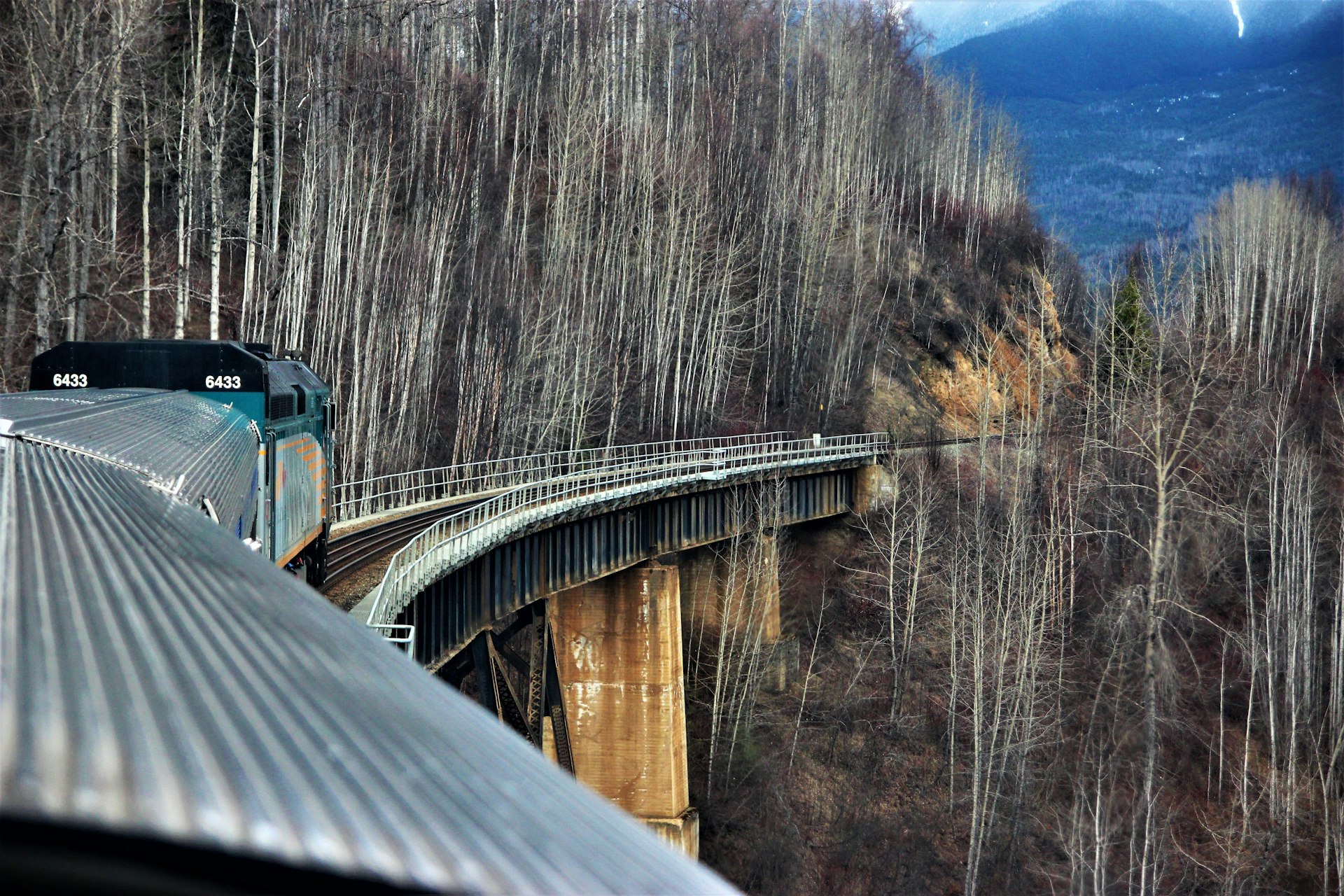
Enjoy Canada’s incredible scenery from a train
Traveling by train in Canada should be on the bucket list of any rail diehard. Canadian tracks run through some of the most gorgeous landscapes in the world, through mountain valleys and alongside roaring rivers.
VIA Rail operates most of Canada’s intercity and transcontinental passenger trains, its trains chugging over 14,000km (8699 miles) of track. In some remote parts of the country, such as Churchill, Manitoba, trains provide the only overland access.
Rail service is most efficient in the corridor between Québec City and Windsor, Ontario – particularly between Montréal and Toronto, the region’s two major hubs. The rail network does not extend to Newfoundland, Prince Edward Island or the Northwest Territories.
Taking the train is more expensive than the bus and often comparable to the price of flying. Still, most people find it a fun, comfortable way to travel. June to mid-October is peak season, when prices are about 40% higher. Buying tickets in advance (even just five days before) can yield significant savings.
If you want to take a train ride that doubles as a sightseeing tour, VIA Rail has several classic train services: the Canadian (Toronto to Vancouver), Hudson Bay (Winnipeg to the polar-bear hangout of Churchill), Ocean (Montréal to Halifax) and Jasper to Prince Rupert (across the Canadian Rockies).
Privately run regional train companies offer additional rail-touring opportunities, such as the famed Rocky Mountaineer.
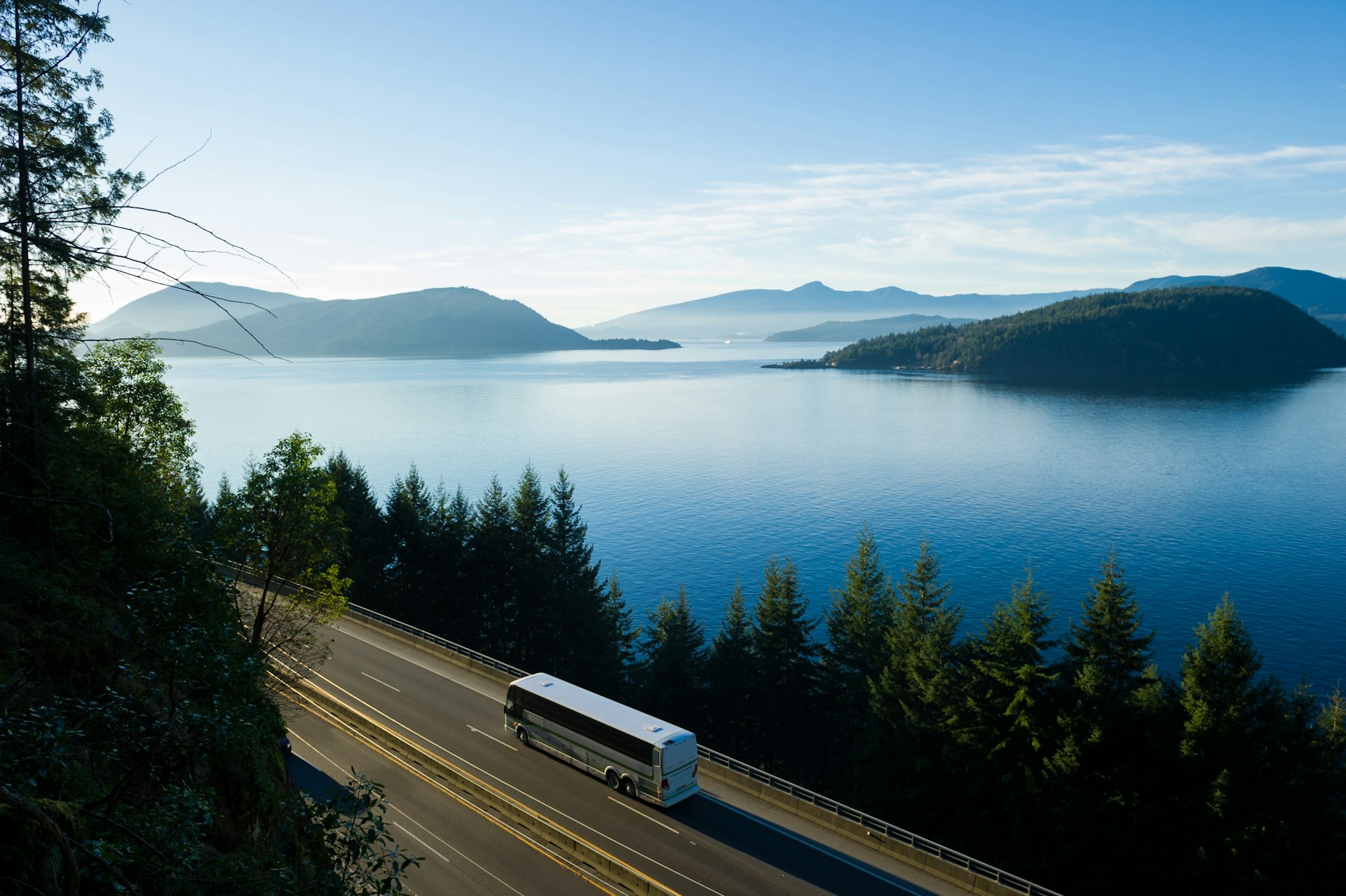
Save some money by riding the bus
You can travel between most major cities by coach. Although Greyhound Canada has cut service dramatically (the only routes in Canada are now to the USA), Megabus still offers many routes in Ontario and Québec. The other province-to-province routes are served by regional bus companies.
Buses are generally clean, comfortable and reliable. Amenities may include onboard toilets, air-conditioning (bring a sweater), reclining seats, free wi-fi and onboard movies. On long journeys, buses make meal stops every few hours, usually at highway service stations.
Bus travel is takes longer than other means of transport – but it’ll cost you much less. The earlier you buy a ticket online, the cheaper your fare; yet if you wait too long, a ticket can be as high as $250 – at which point you may as well just fly.
If you’re short on time, take a plane
A recent and welcome addition to the Canadian transportation landscape, a host of shiny new airlines like Swoop, Flair and Lynx have arrived to take on WestJet and Air Canada, and their relatively expensive inter-province flights. These new carriers can get you from, say, Toronto to Halifax for as little as CAD$49, or from Vancouver to Montréal for $60.
Forget about bringing carry-on baggage, though: on these ultra-low-cost airlines, you’ll have to pay extra for just about everything – and these surcharges can add up fast. Yet if you’re thrifty and are carrying just a small backpack (always check dimension restrictions before booking), it’s more affordable than ever to explore Canada by plane.
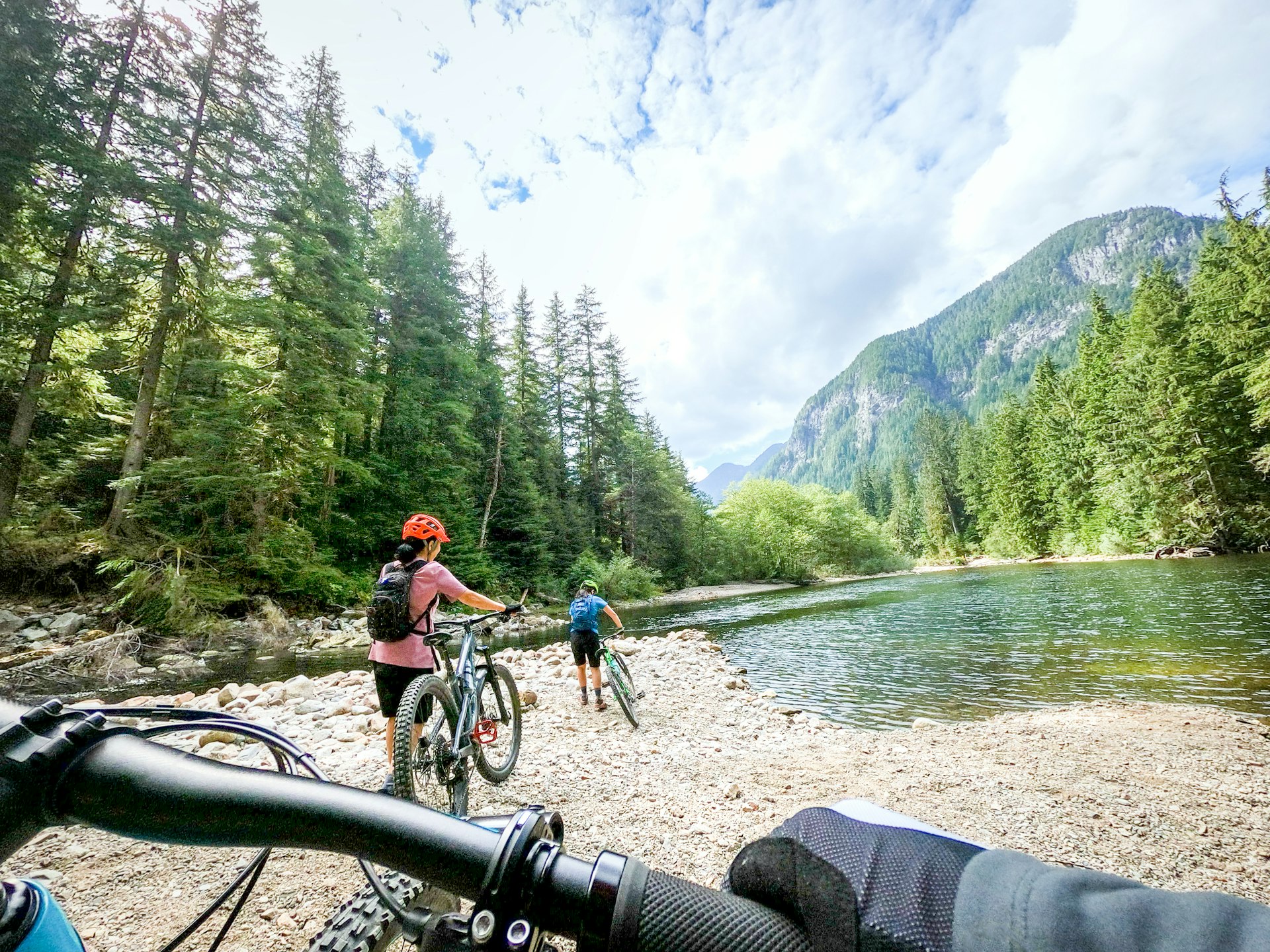
Enjoy Canada’s back roads on a bike
Much of Canada is great for bicyclists. With some planning, you can set off on long-distance trips entirely on quiet back roads, while many cities (including Edmonton, Montréal, Ottawa, Toronto, Vancouver and Victoria) have designated bike routes.
Traveling all the way across Canada on a bike is a three-month marathon. There’s a big community of support at Biking Across Canada if you want to team up with a group or get some tips for this herculean task.
Buying a bike in Canada is easy, as is reselling it before you leave. Specialist bike shops have the best selection and advice; general sporting-goods stores may have lower prices. Some bicycle stores and rental outfitters also sell used bicycles. To sniff out the best bargains, scour flea markets, garage sales, thrift shops, Facebook Marketplace and Kijiji, or check the noticeboards in hostels and universities. These are also the best places to sell your bike.
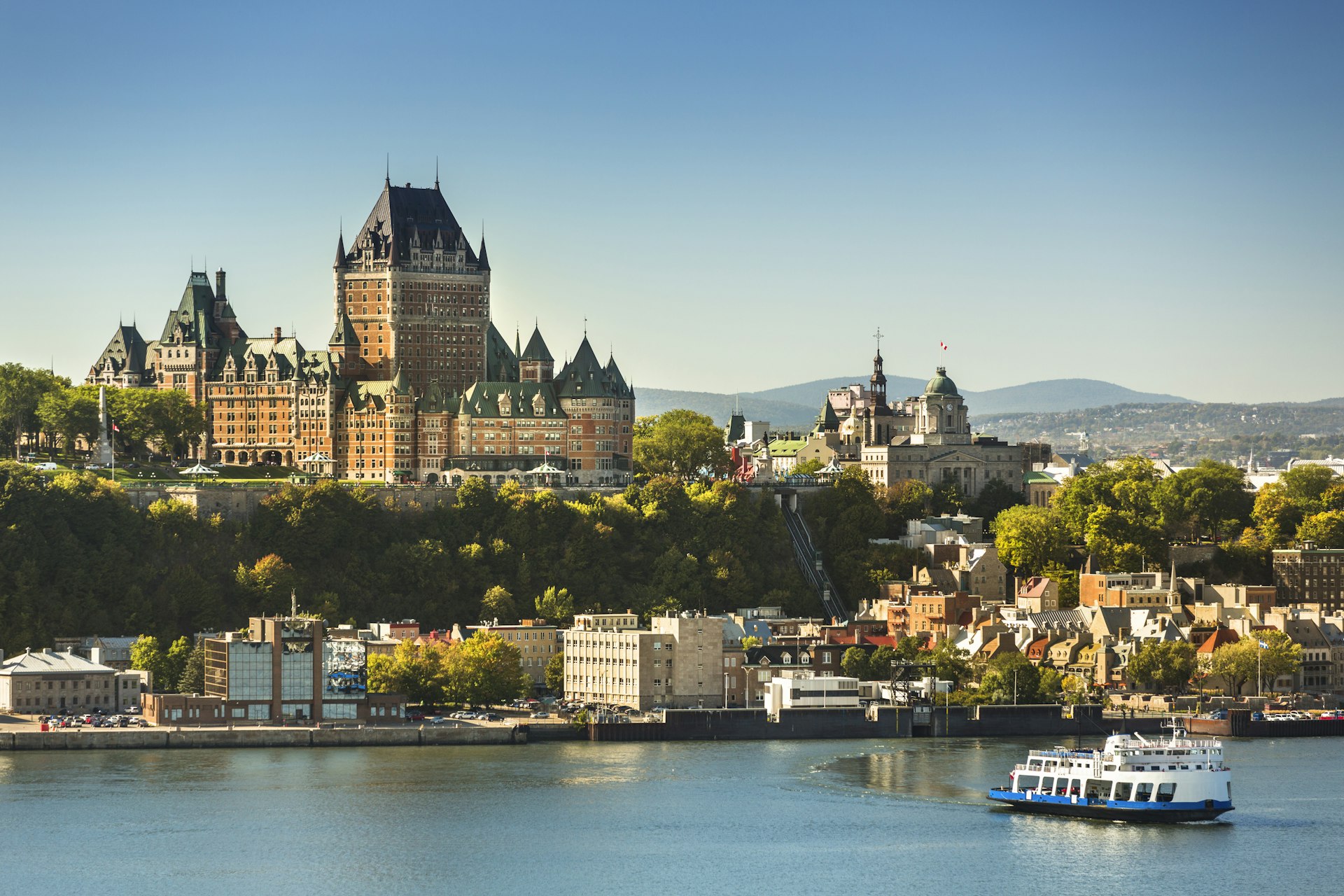
Get a taste of Canada’s island life on a boat
The ferry offers an enjoyable way to get to specific areas like Victoria on the West Coast, or St John’s, at Canada’s easternmost point. In Toronto, you can reach Toronto Islands by ferry – time it right for one of the most gorgeous sunset views of the city.
In a country with so many miles of coastline, ferry services are extensive, especially throughout the Atlantic provinces and in British Columbia. Walk-ons and cyclists should be able to get aboard at any time; call ahead for vehicle reservations or if you require a cabin berth. This is especially important during summer peak season and holidays.

Accessible travel in Canada
Canada is making progress when it comes to easing the everyday challenges facing people with disabilities, especially the mobility-impaired. More and more public buildings – including museums, tourist offices, train stations, shopping malls and cinemas – have access ramps and/or lifts. Most public restrooms now feature extra-wide stalls equipped with hand rails. Many pedestrian crossings have sloping curbs or curb cuts.
Newer and recently remodeled hotels, especially chains, have rooms with extra-wide doors and spacious bathrooms. Interpretive centers at national and provincial parks are usually accessible, and many parks have trails that can be navigated in wheelchairs.
Car-rental agencies offer hand-controlled vehicles and vans with wheelchair lifts at no additional charge, but you must reserve them well in advance.
For accessible air, bus, rail and ferry transportation, check the federal government’s website. In general, most transportation agencies can accommodate people with disabilities if you make your needs known when booking.

